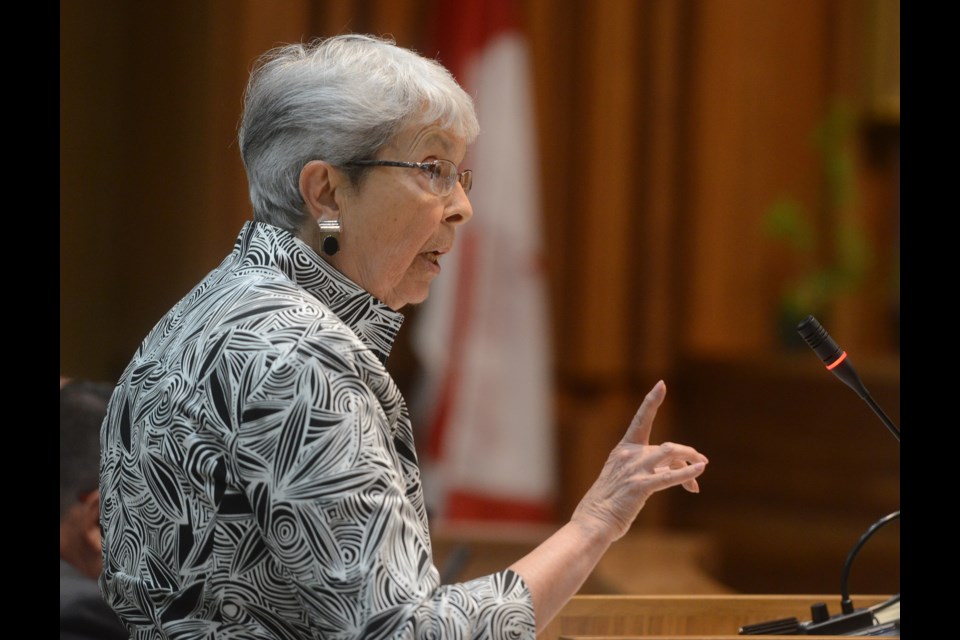Familiar faces made familiar points Monday night as City Council approved the preferred plan that will govern how Guelph grows southward.
The Clair-Maltby Secondary Plan preferred community structure was approved and will now move on to the third and final phase.
The plan dictates land use between Clair Road and Maltby Road as the next big phase of city expansion begins to take place.
Developers have already bought up much of the farmland in the area in anticipation of growth south.
The plan is expected to be completed in the spring of 2019.
Again, people called for the process to be slowed down until all the pertinent environmental studies were completed.
“We’ve got the cart before the horse,” said Carol Koenig. “How is it that we’re running on to Phase III without these steps?”
She said the city could “easily trip over its own feet” by moving forward too quickly with the plan.
Staff later reassured council that any work that was being done in Phase III was work that would not be compromised by data they were still waiting on.
Things got a little heated when Mike Marcolongo, whose family farm on Gordon Street has been at the centre of some of the development and environmental debate, poked the bear by calling Gordon Street the “Condo Canyon” under the plan, then later said there had been a “lack of leadership in our full spectrum of options.”
That raised the ire of Mayor Cam Guthrie, who said he had to “call that out” if Marcolongo was going to question the leadership and trust of city staff.
“We will not tolerate that in these chambers,” Guthrie told Marcolongo.
Over 20 delegates appeared at Monday’s council meeting, which didn’t end until midnight. There were 19 delegates on the issue at a meeting 10 days ago.
Several residents of the Rolling Hills neighbourhood reiterated their stance that the upscale area of detached homes on large lots should not be part of the secondary plan.
It isn’t, but will instead be dealt with by a future planning process.
That led coun. Mike Salisbury to wonder if Rolling Hills might better be served by being included in the secondary plan, which he said “provides an additional level of protection.”
James Nagy, one of a handful of Rolling Hills residents who want to develop their property rather than prevent development, said “we have the right to develop.”
John Parkyn called the process that allows developers to give cash in lieu of parkland when developing a neighbourhood called that “a shell game.”
Aggie Mlynarz told council that they have a golden opportunity to be “bold” and “brave” in putting pedestrians and cyclists first when it comes to planning the area.
“If we don’t do this now, when will we ever break the cycle of sprawl and automobiles,” she said.
One of the things that came out of Monday’s meeting was that a representative of Rolling Hills will be given status on one of the working groups informing the process, along with a separate member from another coalition that has formed to be part of the process.
